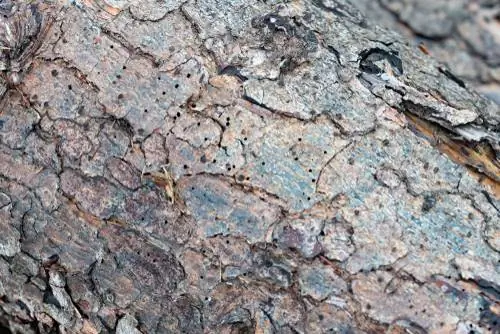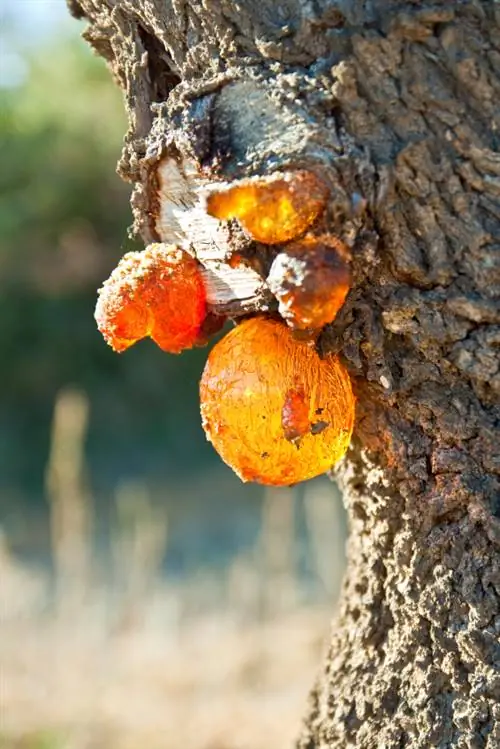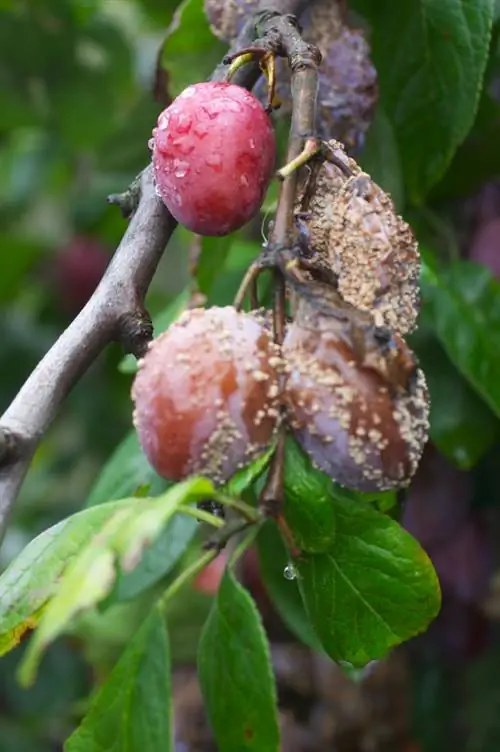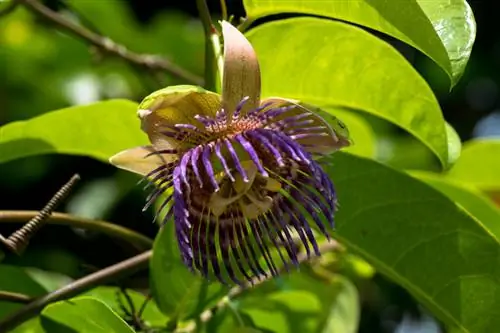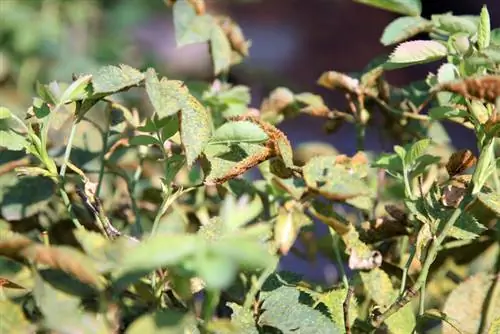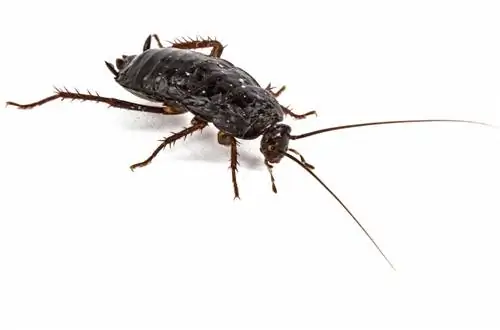- Author admin [email protected].
- Public 2023-12-16 16:46.
- Last modified 2025-01-23 11:21.
Like other spruces, Serbian spruce can suffer from diseases and pests. It originally comes from the border area of Serbia and Bosnia-Herzegovina, but in this country it is often planted as an ornament in gardens and parks.
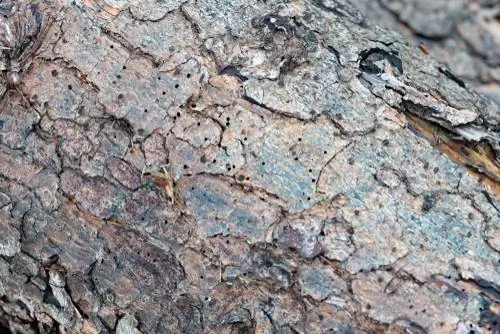
What diseases can Serbian spruces get?
The Serbian spruce can be attacked by bark beetles, omorica dieback, fungal infections, red rot and the Sitka spruce louse. Saving the spruce depends on the type of pest, disease progression and early detection and treatment.
What diseases occur in Serbian spruces?
In principle, the same diseases and pests occur in Serbian spruce as in other spruce trees. Only the small spruce sawfly doesn't seem to like the Serbian spruce. However, she often suffers from honey fungus, a tasty edible mushroom. It can even cause this spruce tree to die.
Some species of bark beetle are also dangerous to Serbian spruce, especially the book printer, the striped timber bark beetle and the copper engraver. Red rot occurs either as wound rot or as root rot. The second variant is clearly dangerous and kills the spruce after some time.
A disease is even named after the Serbian spruce (bot. Picea omorika): the omorika dieback. Too much chlorine and/or too little magnesium in the soil causes the needles to turn brown and the spruce tree later dies. Very changeable weather and heavily compacted soil promote the outbreak of this disease.
Potential diseases and pests:
- Bark beetle (book printer, striped timber bark beetle, copper engraver)
- Omorikadying
- Fungal infections (including edible mushrooms)
- Red Rot
- Sitka spruce louse
Can I still save a sick Serbian spruce?
Whether a diseased spruce can still be saved depends on various factors, namely the type of pathogen or pest and the progress of the damage. The sooner you discover a problem with your Serbian spruce, the greater the chances of recovery.
However, red rot, for example, is difficult to recognize in the form of a root rot. The pathogen enters the tree through the roots, and the disease usually spreads throughout the entire wood core before it becomes visible from the outside. Then the affected spruce can only be felled.
Tip
The Serbian spruce seems to be resistant to the small spruce sawfly, but is quite susceptible to the honey fungus.

